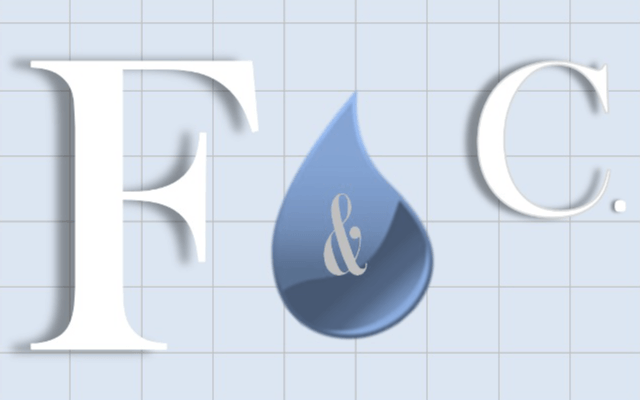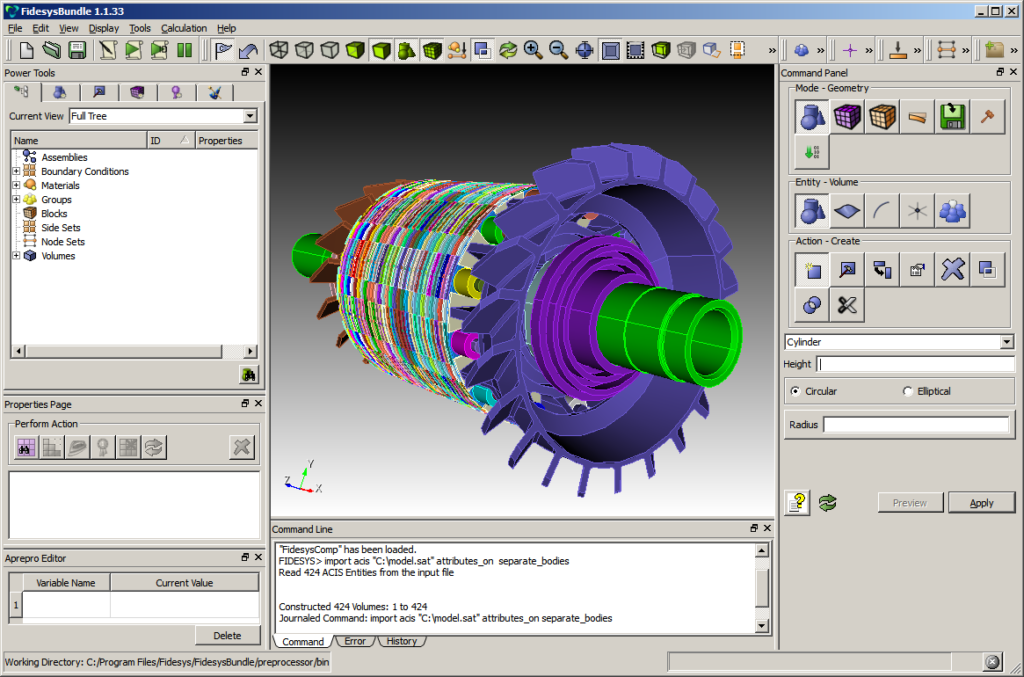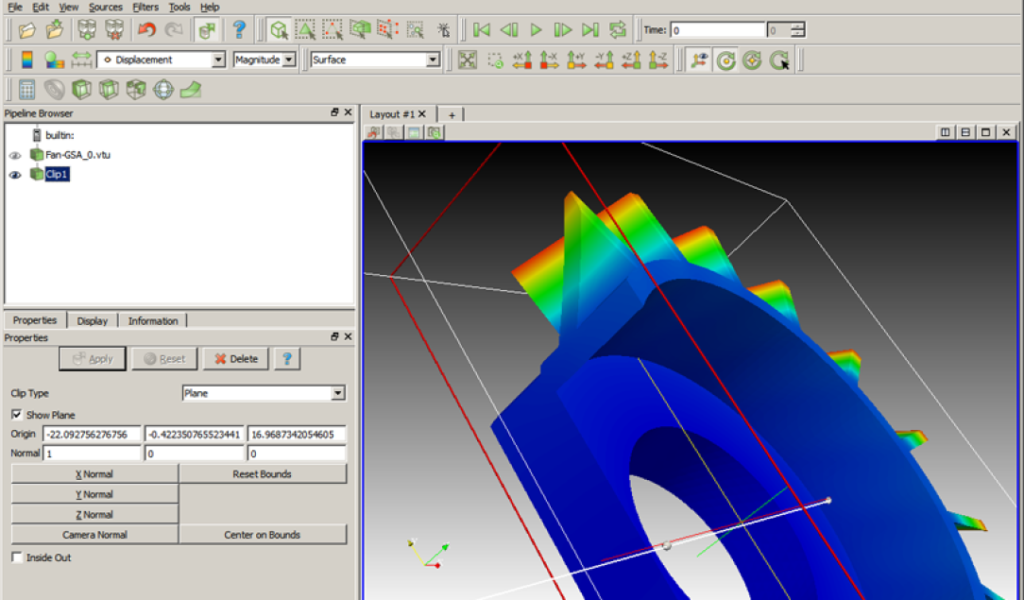The new generation of a CAE-System
СAE Fidesys is an easy-to-use and effective tool for performing a full cycle of strength analysis — loading a CAD-model and its analysis, meshing, setting loads and the material mechanical properties, selecting and setting a FEM-solver, model calculation, and results visualization.
CAE Fidesys Standard
- Solvе problems at plane stresses and plane strains
- Stressed-deformed state calculation of 3D bodies at static and dynamic load
- Eigenfrequencies and eigenforms calculation of 3D bodies
- Critical loads and buckling modes calculation
- Solving problems for the bodies with beam and/or shell elements.
Advantages
- High speed and accuracy of calculations due to the state-of-the-art technologies approved by a wide range of tests
- A flexible and reliable mesh adaptive geometry with the possibility of both automatic hexahedral and tetrahedral mesh generation
- A wide range of supported CAD-formats
- Cross-platformity
CAE Fidesys Professional Features
CAE Fidesys Professional allows to solve static and dynamic strength problems that require the account for finite strains and other nonlinear effects like plasticity, nonlinear visco — and thermoelasticity, hyperelasticity, contact interaction of the bodies with friction.
Advantages
- Accurate estimation of the nonlinear effects appearing
- Solving problems for weakly compressible and completely incompressible materials
- Strength analysis for the case of elastic-plastic deforming at finite strains.
Functional modules
We are offering three functional modules which are designed for specific industrial needs. All of them can be installed on CAE Fidesys platform.
Dynamics
- Application of spectral element method for linear and nonlinear problems
- Solving non-stationary problems
- Full waveform modeling
- Seismic modeling
- Non-destructive control modeling
Composite
- Analysis of composites’ effective properties
- Constrution of the realistic composite’s microstructure
- Estimation of effective properties of a monolayer
- Strength analysis of tools and parts made of composite materials (including porous, fiber-laminated and woven composites)
- Rubber-cord materials modelling
HPC
- Parallelization of major stages of computational process
- OpenMP technology: parallelization on all computational cores of a workstation
- Speed-up calculations by up to 30 times
- MPI technology: parallelization on several workstations inside a network or on nodes of a supercomputer



